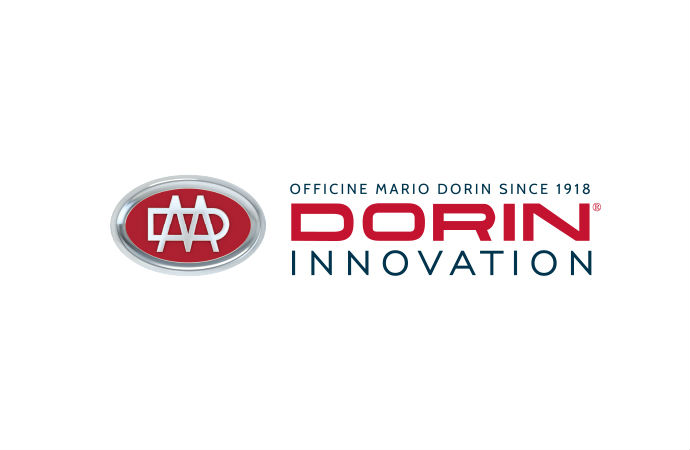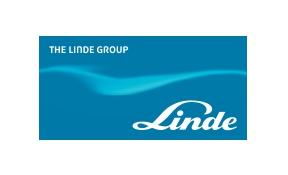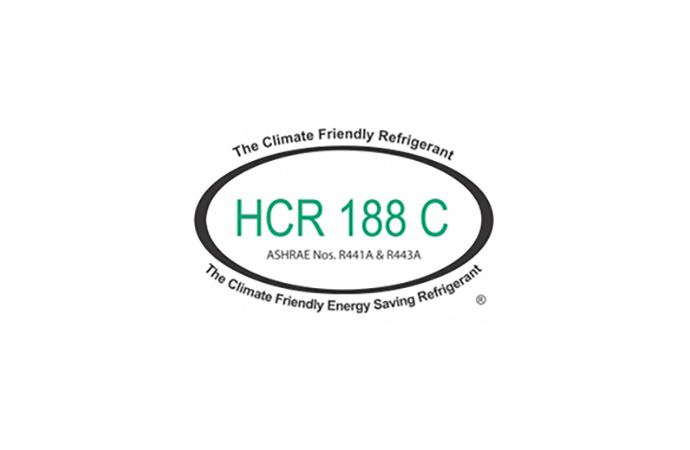hydrocarbons21.com provides an overview of two papers presented at the 23rd IIR International Congress of Refrigeration (ICR) covering: the flammability risk of hydrocarbon refrigerants during service and maintenance of refrigeration and air conditioning systems, and ways to overcome the barriers to using low global warming potential refrigerants such as hydrocarbons in developing countries.

Under the tagline for “Refrigeration for Sustainable Development”, Technical Sessions at the International Institute of Refrigeration (IIR) International Congress of Refrigeration (ICR) included several papers that focused on natural refrigerants including hydrocarbons.
Risk Ananlysis of Flammable Refrigerant Handling During Service and Maintenance Activities, D. Colbourne
Colbourne presented a study that investigates the flammability risk of hydrocarbon refrigerants during service and maintenance of refrigeration and air conditioning systems.
After classifying service and maintenance procedures into 13 discrete tasks (from initial preparation of the working area through to leak tightness checking and final system checks), Colbourne used an event tree analysis (ETA) to identify the combinations of sequence of events that may lead to a release of refrigerant and an active source of ignition. Also included in the ETA is the probability of ignition and severity of consequences.
The author examined the flammability risk under two different scenarios, namely:
In terms of risk reduction, servicing tasks such as opening the system, removing the refrigerant, charging and closing the system should receive the greatest attention, as these were the individual tasks that showed the greatest risk, especially for technicians who have not received training for flammable refrigerants or appropriate tools and equipment.
Moreover, Colbourne underlined that the ignition frequency and flammability risk is considerably lower when the servicing is performed by well trained and equipped technicians rather than personnel that have not received training and are not properly equipped. Hence, training on handling flammable refrigerants is crucial, while a clear marking of systems with flammable refrigerants will enable technicians to decide whether or not they should begin work on any given system.
Barriers to the Uptake of Low-GWP Alternatives to HCFC Refrigerants in Developing Countries, D. Colbourne
In a second presentation, Colbourne discussed the types, causes and ways of overcoming the barriers to using low global warming potential alternatives such as hydrocarbons as replacement for hydrochlorofluorocarbons (HCFCs) in developing countries.
The barriers and means to overcoming them were identified through questionnaires and interviews with stakeholders within a variety of developing countries under a study initiated by United Nations Environment Programme (UNEP) that Colbourne authored.
More information on the study you may refer to:
Risk Ananlysis of Flammable Refrigerant Handling During Service and Maintenance Activities, D. Colbourne
Colbourne presented a study that investigates the flammability risk of hydrocarbon refrigerants during service and maintenance of refrigeration and air conditioning systems.
After classifying service and maintenance procedures into 13 discrete tasks (from initial preparation of the working area through to leak tightness checking and final system checks), Colbourne used an event tree analysis (ETA) to identify the combinations of sequence of events that may lead to a release of refrigerant and an active source of ignition. Also included in the ETA is the probability of ignition and severity of consequences.
The author examined the flammability risk under two different scenarios, namely:
- An “industry average” case, whereby technicians are fairly competent in refrigerant handling but have not received training for handling flammable refrigerants and may not have the correct tools and equipment, and
- The “best case”, whereby all technicians are well trained in flammable refrigerants, have the correct tooling, and always work responsibly.
- A commercial refrigeration appliance (CRA) using 250 g of R290 in a 15 m2 room and
- A split air conditioner (SAC) using 450 g of R290 in a 25 m2 room with the condensing unit positioned outside
- The commercial refrigeration appliance under the “industry average” scenario: has the greatest ignition frequency during system opening, removing refrigerant, charging and closing the system
- The split air conditioner under the “industry average” scenario: has a similar profile though the process of opening the system, removing refrigerant and closing the system are less critical because unlike commercial refrigeration where there maybe a possibility of brazing, the technician does not use any equipment with potential sources of ignition.
- Commercial refrigeration appliance and split air conditioner under the “best case” scenario: the ignition frequency is considerably reduced, with similar profiles for both the commercial refrigeration appliance and the split air conditioner. The two individual tasks that show greatest ignition frequency are 1) removing refrigerant and 2) closing the system.
In terms of risk reduction, servicing tasks such as opening the system, removing the refrigerant, charging and closing the system should receive the greatest attention, as these were the individual tasks that showed the greatest risk, especially for technicians who have not received training for flammable refrigerants or appropriate tools and equipment.
Moreover, Colbourne underlined that the ignition frequency and flammability risk is considerably lower when the servicing is performed by well trained and equipped technicians rather than personnel that have not received training and are not properly equipped. Hence, training on handling flammable refrigerants is crucial, while a clear marking of systems with flammable refrigerants will enable technicians to decide whether or not they should begin work on any given system.
Barriers to the Uptake of Low-GWP Alternatives to HCFC Refrigerants in Developing Countries, D. Colbourne
In a second presentation, Colbourne discussed the types, causes and ways of overcoming the barriers to using low global warming potential alternatives such as hydrocarbons as replacement for hydrochlorofluorocarbons (HCFCs) in developing countries.
The barriers and means to overcoming them were identified through questionnaires and interviews with stakeholders within a variety of developing countries under a study initiated by United Nations Environment Programme (UNEP) that Colbourne authored.
More information on the study you may refer to:
- The summary report
- Previous article on hydrocarbons21.com providing an overview of the study
MORE INFORMATION
Related stories



















